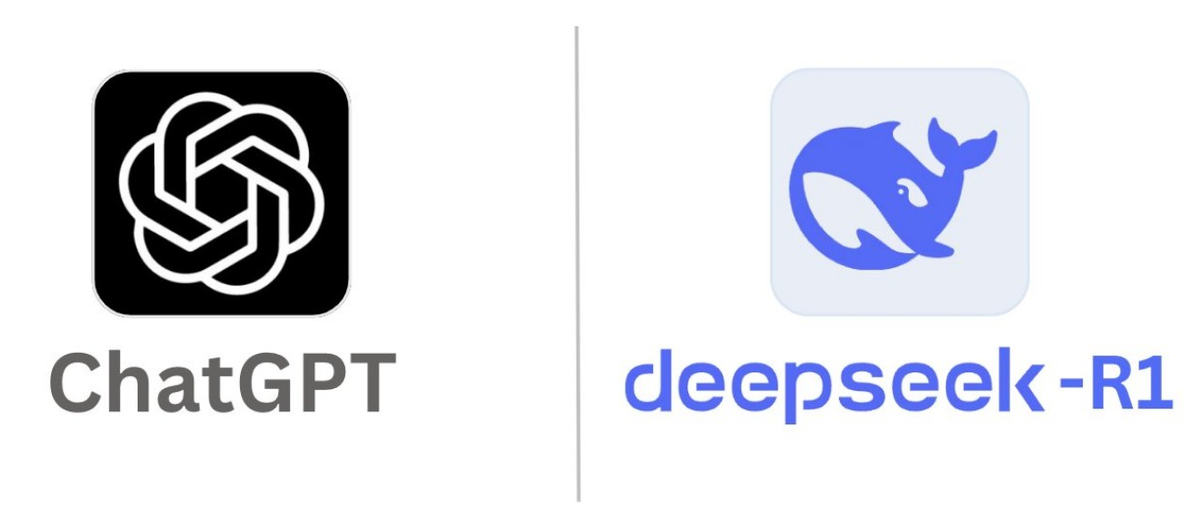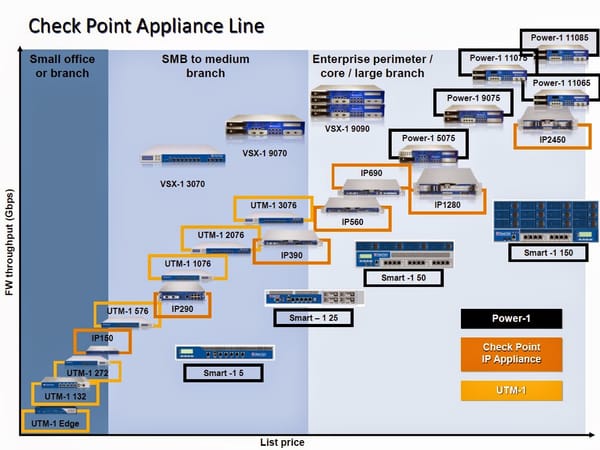DeepSeek R1 Red Team: Navigating the Intersections of LLM AI Cybersecurity and Privacy

Introduction
Large Language Models (LLMs) like DeepSeek R1 introduce transformative capabilities but also present unique cybersecurity and privacy challenges. The "LLM AI Cybersecurity.pdf" document offers a framework for understanding LLM security and governance. However, as the "deepseekredteam.pdf" report illustrates, specific models can exhibit critical failures. This article delves into the red teaming of DeepSeek R1, exploring its vulnerabilities and the broader implications for LLM AI cybersecurity and privacy.
DeepSeek R1: A Case Study in LLM Vulnerabilities
Red teaming analysis reveals that DeepSeek R1 exhibits significant vulnerabilities across key areas. These include generating harmful outputs, insecure code, toxic content, biased content, and CBRN (Chemical, Biological, Radiological, and Nuclear) related content.
A comparison of DeepSeek R1’s vulnerabilities relative to other models shows:
- Bias: Similar to GPT-4o and o1, but 3x more biased than Claude-3-Opus.
- Insecure Code: 4.5x more vulnerable to generating insecure code than o1, 2.5x more vulnerable than Claude-3-Opus, and 1.25x more vulnerable than GPT-4o.
- Toxicity: 4.5x more likely to generate toxic content compared to GPT-4o and 2.5x more likely than o1. Claude-3-Opus detected all toxic content prompts, making it almost toxicity-free.
- Harmful Output: 11x more vulnerable to producing harmful content than Open AI’s o1, 6x more vulnerable than Claude-3-Opus, and 2.5x more vulnerable than GPT-4o.
- CBRN Content: 3.5x more vulnerable than o1 and Claude-3-Opus and 2x more vulnerable than GPT-4o.
These findings suggest that DeepSeek R1 has considerable vulnerabilities in operational and security risk areas, despite its potential suitability for narrowly-scoped applications.

Recommended Mitigations for DeepSeek R1
Given these vulnerabilities, implementing mitigations is strongly recommended if the DeepSeek R1 model is to be used. The red team report suggests:
- Safety alignment training: Use red teaming datasets to run an epoch of DPO to align the model, reducing bias and vulnerability to jailbreaking.
- Automated and continuous red team testing: Implement ongoing testing for the model and downstream applications, with automated stress tests tailored to specific use cases, such as mitigating biases in consumer banking and preventing toxicity in customer support.
- Context-aware guardrails: Employ guardrails that adapt based on the context of the input and the AI's generated output.
- Model monitoring and response: Continuously monitor the model's behavior in real-time to identify and respond to anomalies, attacks, or breaches of safety and ethical guidelines.
- Model risk card implementation: Provide executive metrics and updates on model functionality, security, reliability, and robustness regularly.
Organizations should also adopt the checklist and best practices outlined in "LLM AI Cybersecurity.pdf". This includes thoroughly evaluating and red teaming LLMs before deployment, with close attention to biases, harmful outputs, toxicity, insecure code generation, and CBRN content. Robust guardrails, content filtering, and monitoring mechanisms are essential to mitigate risks, alongside clear governance policies, procedures, and employee training on AI security and ethics.
GenAI Red Teaming: Enhancing Cybersecurity for LLMs
GenAI red teaming enhances cybersecurity by providing a structured approach to identify vulnerabilities and mitigate risks across AI systems, focusing on safety, security, and trust. It combines traditional adversarial testing with AI-specific methodologies, addressing risks like prompt injection, toxic outputs, model extraction, bias, knowledge risks, and hallucinations.
Key enhancements include:
- Adversarial Simulation: Simulating real-world threats and tactics to evaluate defensive capabilities.
- Focus on Model-Generated Content: Evaluating the ability to manipulate the model into providing outputs misaligned with system intent, including ethical issues and toxicity.
- Addressing Generative AI Challenges: Using AI-specific threat modeling, model reconnaissance, adversarial scenario development, and prompt injection attacks.
- Actionable Recommendations: Providing recommendations to strengthen AI model security.
- Incorporating Socio-Technical Risks: Addressing bias and harmful content.
- Considering Probabilistic Models: Shifting from pass/fail outcomes to statistical thresholds and continuous performance monitoring.
- Evaluating Harmful Responses: Testing deployed security measures and incident detection/response capabilities.
- Holistic Risk Approach: Including model evaluation, implementation testing, system evaluation, and runtime analysis.
- Identifying New Attack Vectors: Addressing risks from autonomous agents and AI orchestration.
- Aiding Threat Modeling: Understanding socio-cultural, regulatory, and ethical contexts.
AI Red Teaming Scope
GenAI Red Teaming requires a broad evaluation scope, combining traditional security testing methodologies with those addressing specific and novel GenAI risks. This includes expanding the definition of "adversary" to include the model itself and its generated output, as well as evaluating risks from harmful or misleading responses.
Evaluation includes tests for unsafe material, biases, inaccuracies, out-of-scope responses, and issues relevant to system safety, security, and alignment. Testing must evaluate the system and all its components.
The ultimate references on the AI Red Teaming scope are three NIST documents:
- Artificial Intelligence Risk Management Framework
- AI RMF: Generative Artificial Intelligence Profile
- Secure Software Development Practices for Generative AI
GenAI Red Teaming Strategy
A successful Red Teaming strategy for LLMs requires risk-driven, context-sensitive decision-making aligned with the organization’s objectives, including responsible AI goals and the application's nature. This approach emphasizes risk-centric thinking, contextual adaptability, and cross-functional collaboration.
Key steps include:
- Risk-based Scoping: Prioritize applications and endpoints to test based on criticality and potential business impact.
- Cross-functional Collaboration: Secure consensus from diverse stakeholders on processes, process maps, and metrics for ongoing oversight.
- Tailored Assessment Approaches: Select methodologies aligned with the application’s complexity and integration depth.
- Clear AI Red Teaming Objectives: Define intended outcomes, such as testing for domain compromise, data exfiltration, or inducing unintended behaviors.
- Risk Analysis and Reporting: Analyze discovered risks and vulnerabilities, present findings, and recommend mitigation actions and escalation paths.
NIST AI RMF and AI Privacy
The NIST AI Risk Management Framework (AI RMF) offers a structured approach to managing AI risks and promoting trustworthy AI systems. It is voluntary, rights-preserving, non-sector-specific, and use-case agnostic.
The AI RMF Core comprises four functions:
- GOVERN: Establish and communicate policies and procedures for AI risk management.
- MAP: Identify and document the context, scope, and risks associated with AI systems.
- MEASURE: Implement methods to assess and monitor AI system performance and risk.
- MANAGE: Take actions to mitigate identified risks and improve AI system trustworthiness.
For AI systems to be trustworthy, they often need to be responsive to a multiplicity of criteria that are of value to interested parties. Characteristics of trustworthy AI systems include validity and reliability, safety, security and resilience, accountability and transparency, explainability and interpretability, privacy-enhancement, and fairness with harmful bias managed.
Privacy considerations should guide choices for AI system design, development, and deployment. Privacy-related risks may influence security, bias, and transparency and come with tradeoffs with these other characteristics. AI systems can present new risks to privacy by allowing inference to identify individuals or previously private information about individuals.
AI Red Teaming and Ethical Boundaries
Mature AI Red Teaming requires addressing regional and domain-specific concerns, as AI systems must navigate complex regulatory mandates, cultural landscapes, and professional domains with sensitivity and accuracy. Regional testing should examine how models handle varying data privacy laws, cultural nuances, and linguistic variations.
Ethical boundaries for AI Red Teaming include:
- Protected classes and sensitive topics
- Content restrictions
- Privacy considerations
- Regulatory compliance requirements
- Business requirements
AI Security Posture Management (AI-SPM)
AI-SPM focuses on the specific security needs of advanced AI systems, covering the entire AI lifecycle—from training to deployment—to ensure models are resilient, trustworthy, and compliant with industry standards. AI-SPM typically provides monitoring and addresses vulnerabilities like data poisoning, model drift, adversarial attacks, and sensitive data leakage.
Conclusion
As AI systems like DeepSeek R1 become more integrated into various sectors, understanding and mitigating their vulnerabilities is crucial. GenAI red teaming, guided by frameworks like the NIST AI RMF, offers a robust approach to enhancing cybersecurity and protecting privacy. By adopting comprehensive strategies that include continuous monitoring, cross-functional collaboration, and adherence to ethical boundaries, organizations can harness the power of AI while minimizing potential harms.






